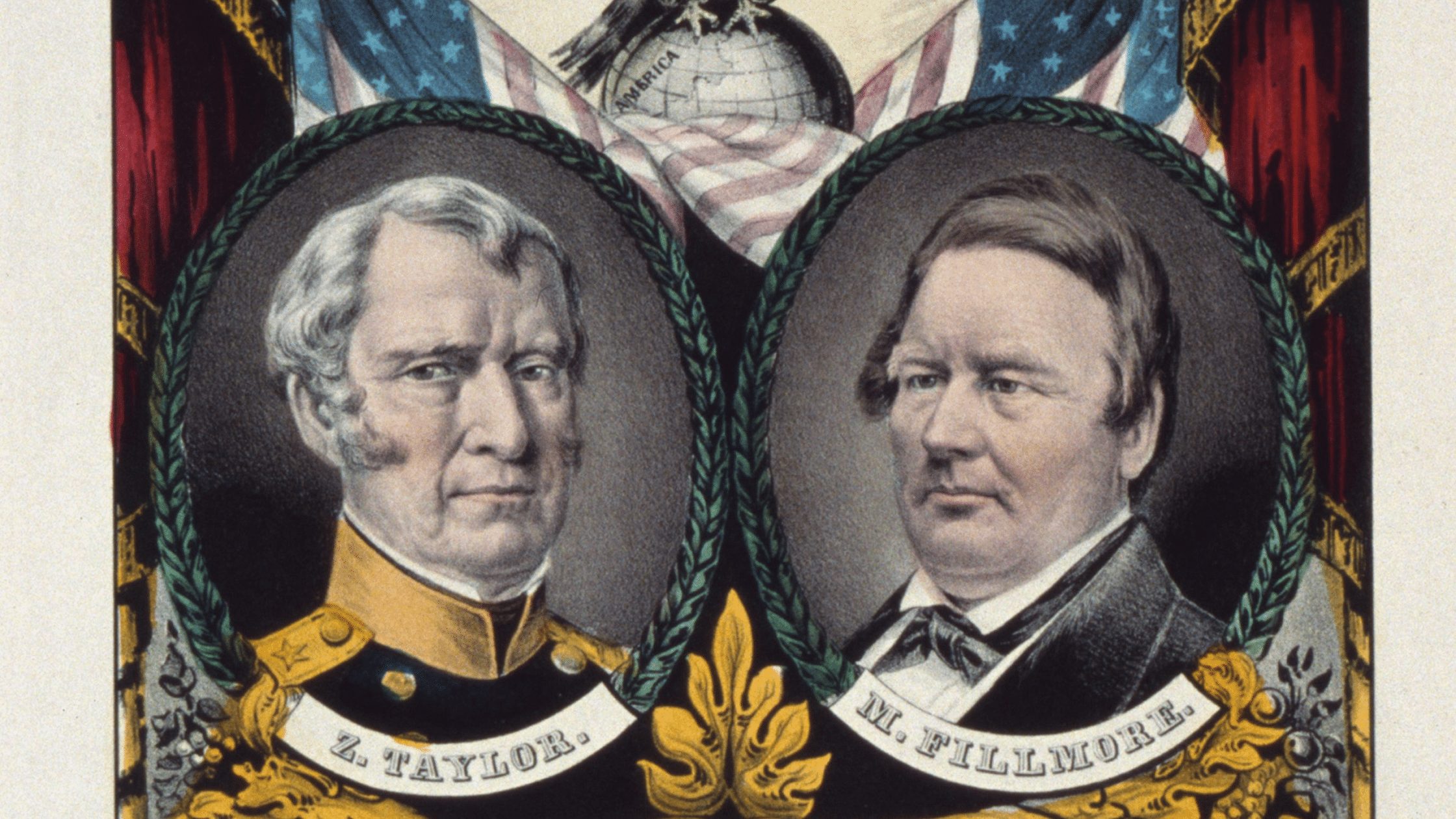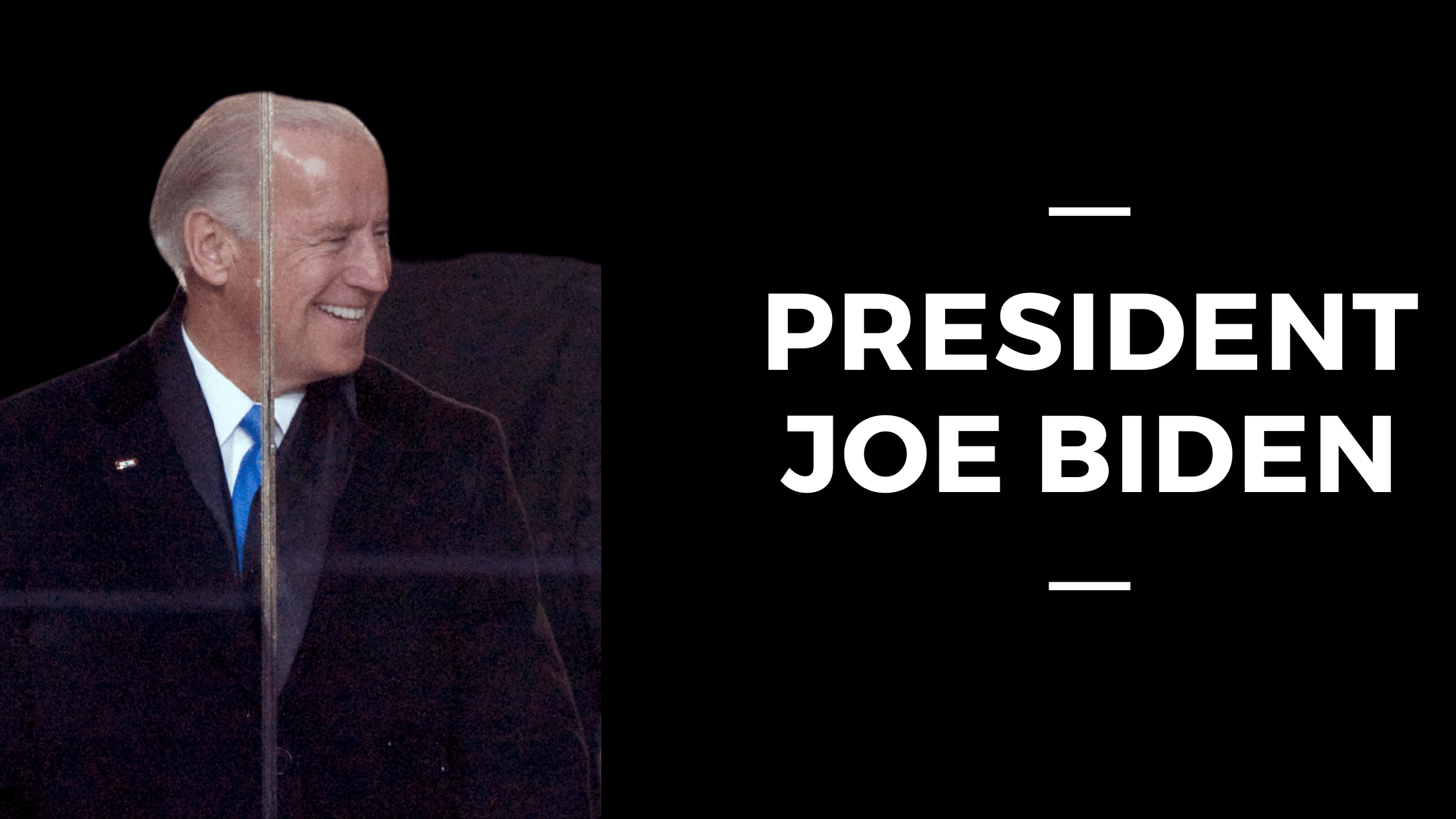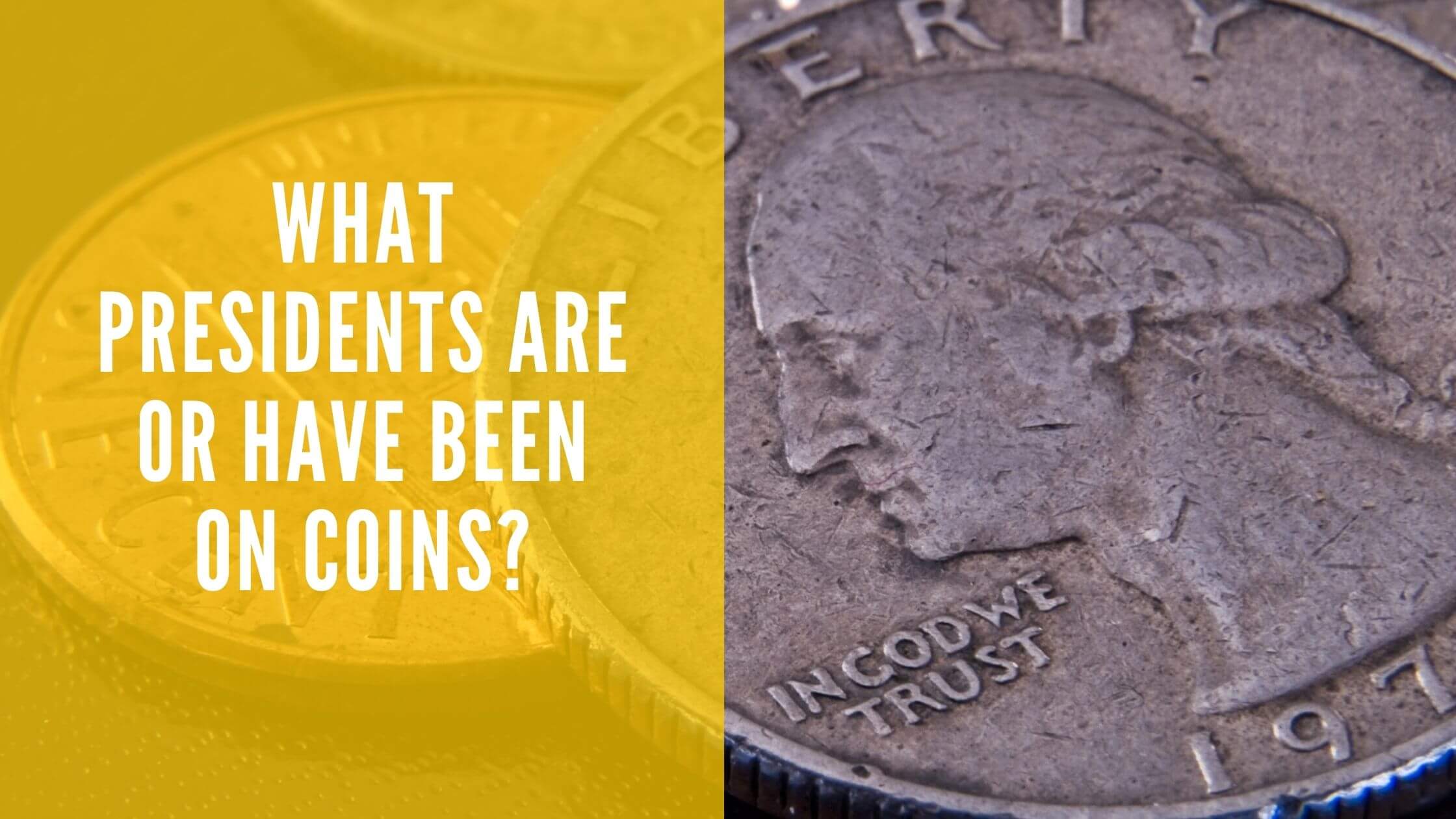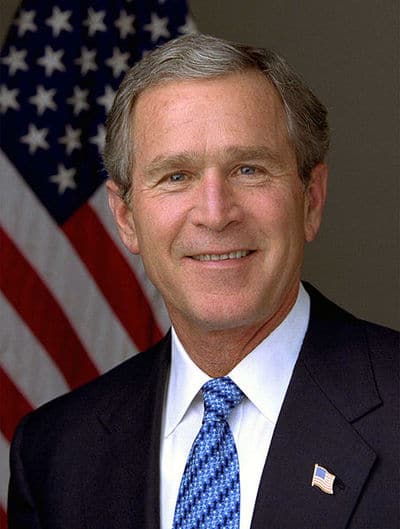Table of Contents
ToggleWhen was Millard Fillmore born?
Millard Fillmore was born in 1800.
Where was Millard Fillmore born?
Millard Fillmore was born in Finger Lakes area of New York State.
How old was Millard Fillmore when he became president?
Millard Fillmore was elected at the age of 49.
What years was Millard Fillmore president?
Millard Fillmore was president in 1850-1853.
When did Millard Fillmore die?
Millard Fillmore died at the age of 74 in 1874.
How did Millard Fillmore die?
He died from a stroke.
The Presidency Of Millard Fillmore
Millard Fillmore is one of those presidents who is perhaps unduly forgotten or misjudged due to the era in which he served his country.
On lists of the best and worst presidents of the United States, Fillmore tends to fall into the lower portion of the list.
Unpopularity is common for presidents who held office in the decades preceding the Civil War. Tensions between states and parties were so intense that no leader could ever please everyone. There was sure to be some decision that would escalate the conflict.
Fillmore’s descent into obscurity in the centuries since his presidency is partly due to how he entered the job. Fillmore is one of a small group of presidents not elected into power for their first term. He took over the presidency role from the deceased Zachary Taylor and dealt with pressing matters that Taylor had left incomplete before his death.
Zachary Taylor and Millard Fillmore in the 1848 election.
It was Zachary Taylor who was elected president in 1848. He had the nomination from the Whig party. However, Taylor was a slave-owner from the South and didn’t show the same commitment to the Whigs or politics in general, as seen in other candidates.
Still, this war hero won the nomination for the Whigs, and New Yorker Fillmore was added as vice president to balance the ticket. It was felt that he could help unify the Whigs and keep some northern votes.
There are questions over whether this approach would have worked if the Democratic Party hadn’t been going through its own problems at the time.

The election result was reasonably close. Taylor and Fillmore received 163 Electoral College votes to Cass’s 127.
The popular vote was split 47.5% to 42.5%.
The remainder went to Martin Van Buren, now standing for the Free Soil Party. He would receive 10.1% and take votes from Taylor and Fillmore in key areas.
The death of Zachary Taylor and the rise of Millard Fillmore.
Two years into the presidency, Zachary Taylor died in office. The president had feasted on cherries during the 4th of July celebrations at a fundraising event for the Washington Monument.
On the 9th of July, he succumbed to fever and other symptoms related to intestinal distress. The cause is believed to be cholera via contaminated water, an issue that was common at the time and had also made some cabinet members ill.
Fillmore was then sworn in as president to complete the rest of Taylor’s term.
The Compromise of 1850.
When Millard Fillmore assumed power on the death of President Taylor, he would immediately inherit an ongoing issue regarding both slavery and the structure of the United States.
The Compromise of 1950 was an ambitious and controversial set of ideas created by Senator Henry Clay.
The package of bills had gone forward for debate and was approved by Taylor when he was alive. But Taylor had rejected the ideas at first and was soon preoccupied with other issues. So, it was now Fillmore’s responsibility to handle the issues.
The original compromise was a series of five proposals tied together in one bill. The idea was that by combining some controversial measures with more appealing ones, both Southern Whigs and Northern Democrats would vote for this bill.
Three bills related to the territories within the Union. There was the idea to admit California as a free state, which Taylor had openly supported in his speech to Congress. Then there were the proposals for the cessation of some Texas territories in exchange for debt relief and the creation of territories in New Mexico and Utah.
The other proposals related to slavery. The first was the ban on importing slaves into D.C, which many abolitionists in the Democratic Party would have favored. The second was the Fugitive Slave Law.

The Fugitive Slave Act.
Eventually, the different components of the compromise were split into their own bills. This led to the Fugitive Slave Act proposal becoming a stand-alone proposal. This act would divide slave owners in the south and abolitionists in the north.
There were fears from slave owners that creating additional free states, such as California, would encourage more slaves to flee.
The Fugitive Slave Act would ensure greater protections for these slave owners. Law enforcement officers in free states would be forced to detain and send back any fugitive slave entering their state.
The law was unpopular with abolitionists, so threats of fines and incentives of fees for successful capture were added to the bill. Even civilians caught harboring slaves faced criminal prosecution. Nevertheless, Fillmore agreed to sign the bill.
Increasing tensions in the United States regarding race.
Unsurprisingly, the Fugitive Slave Act added fuel to the fight between slave owners and abolitionists. In addition, Fillmore’s position caused a great divide in the Whig Party, with many northern supporters turning against him.
When the bill was part of the broader compromise, it was precisely that. On its own, it was a stand-alone piece of legislation that was deeply biased towards the southern states and pro-slavery. It simultaneously aided the slave owners while punishing those fighting against it.
Opposition and resentment of the act would grow across the country, and it became a major topic of debate in politics and the wider culture of the nation. As more citizens became aware of the issue, the divide widened.
One of the more significant developments was the novel Uncle Tom’s Cabin by Harriet Beecher Stowe. The book is still celebrated and studied as an important lesson in the law’s impact on those involved.
Domestic policies during Fillmore’s time in the White House
It wasn’t just the Fugitive Slave Act that came into law following Clay’s proposed bills in the compromise. There was also the agreement to amend the boundary between New Mexico and Texas and the final admission of California as a free state.
In addition to this expansion and growth of the states and territories of the United States, Fillmore was keen to improve American infrastructure on a grand scale. A lot of this went into improving and creating railroads across the country.
The most ambitious of these was the idea to create a transcontinental railroad. Unfortunately, Congress was not keen to approve the idea. Instead, Fillmore had to be content with the new Erie Railroad and the new Sault Ste in his home state. Marie Canal.
Foreign policy during the rest of the Fillmore presidency
One of the interesting developments in foreign policy at this time was the status of Hawaii. Hawaii had long been of interest to the United States, and there were hopes to annex the islands, with eventual plans for admission to the Union.

One of the reasons to lay claim to these islands was to keep Europeans out. The French had their own plans to take the islands for themselves but turned away under warning from Fillmore. Had Emperor Napoleon persisted, there may have been a conflict over the islands.
The Hawaiian islands were not the only nearby territory to catch the eye of the United States in this period. Many in southern states proposed taking Cuba as the region was a Spanish slave colony and could be of financial and geographical interest.
This all resulted in an expedition between Americans and a Venezuelan to the island to see if there was hope for overthrowing the Spanish.
Fillmore did not receive the nomination for re-election in 1852.
Millard Fillmore did not have long in office before it was time for the major parties to consider the next election. At the time, Fillmore had some uncertainty about seeking a second term. There was no doubt that he was unpopular with the northern portion of the Whig Party for signing the Fugitive Act. There were also reports that Fillmore supported the nomination of his Secretary of State Webster, although Webster would die that year.
Eventually, the nomination would go to General Winfield Scott. The Scott campaign was unsuccessful. The Electoral College vote was a landslide of 254 for the Democrat Franklin Pierce to 42 for Scott. This meant a public vote share of 50.84% for Pierce and 43.87% for Scott.
Millard Fillmore’s unsuccessful attempt for re-election in 1856
Four years later, Fillmore had the chance to run again. This time, he entered into a three-party race as the nominee for the American Party. He ran with Andrew Jackson Donelson as his vice presidential nominee – hoping that Donelson’s relationship with former president Jackson may help.
They ran intending to stop the Republican Fremont from further dividing the Union and acting as an alternative to the Democrat Buchanan. Fillmore claimed that the party was the only chance to “ignore this constant and distracting agitation of slavery.”
The campaign was unsuccessful. Fillmore was able to win Maryland and took 21.6% of the popular vote overall. But, Fremont took 33.1%, and Buchanan won with ease, with 45.3%. The positive side for this new party was that some of the results in the southern state were narrow, and they could have narrowed Buchanan’s lead.
After the Presidency of Millard Fillmore.
After failing to get back into politics in 1856, Fillmore could have retired into relative obscurity, leaving other leaders to deal with the war and issues of slavery and abolition. Instead, he moved to a property in Buffalo with his new wealthy wife and spent his time raising funds for a series of local causes.
Many stories relating to Fillmore after his presidency also include Abraham Lincoln. The relationship between the two was interesting. There were times where Fillmore was openly supportive of the then-president.
He welcomed Lincoln to Buffalo for important visits and agreed with him on ideas related to the preservation of the Union.
He also spoke out against Buchanan for not doing enough to stop southern states from leaving the Union. However, many Lincoln supporters turned on Fillmore when they saw that his house was not adorned with mourning drapes. Many others around the country used these as a symbol of respect after Lincoln’s death. In anger, locals threw ink at the house.
Fillmore stated that he had been away at the time of the assassination and hadn’t yet had time to put them up.
Millard Fillmore’s death and memorials
Millard Fillmore lived a long life after leaving office in 1852. He eventually suffered a stroke in 1874, which would soon lead to his death. Despite all that had happened during his presidency and the issues around the death of Lincoln, his funeral was well-attended, and one of the mourners was Lincoln’s vice president. He was buried in Buffalo. The usual memorials and statues bear his name, including some coins and postage stamps, but he is otherwise forgotten.

Get Smarter on US News, History, and the Constitution
Join the thousands of fellow patriots who rely on our 5-minute newsletter to stay informed on the key events and trends that shaped our nation's past and continue to shape its present.
Remembering Millard Fillmore today
Looking at what Fillmore did during two short years in the White House, it is easy to see why many historians brush him off as an inconsequential president. There wasn’t that much that he could do to further his agendas in two years.
In the signing of the Fugitive Slave Act, the most significant thing he did was the result of work that started under his predecessor. Still, signing that act into law would play an important part in the downfall of the Whigs and the progression towards the Civil War. He can be remembered for that.


